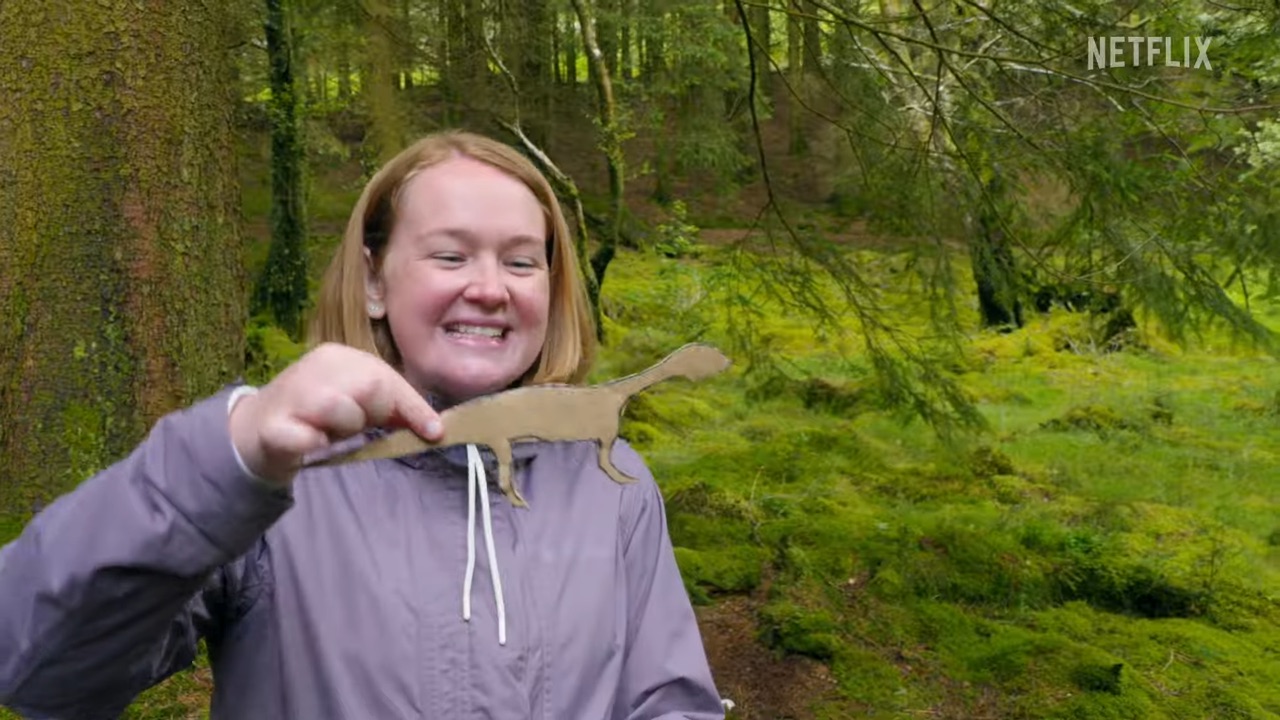Re-visiting the go-motion work by Phil Tippett at ILM.
A new 4K Ultra HD Limited-Edition SteelBook of Dragonslayer is being released this week. The film has some incredible visual effects from ILM overseen by Dennis Muren and Ken Ralston, including for the dragon, Vermithrax Pejorative.
Along with large puppets and on-set pieces, the dragon was also brought to life give go-motion by Phil Tippett at ILM. Go-motion is an animation technique that involves moving the stop-motion puppet between frame captures, and adding in some motion blur that way.
A few years ago, for an article about dragons in VFX, I asked Tippett about the dragon design and go-motion approach. Here’s his notes on aspects of the film, plus a wonderful gallery of behind the scenes images to check out.
Dragon designs: “I based my design off of some initial concept work that Dave Bunett had developed with Matt Robbins and Hal Barwood. I developed the character further so it could be properly articulated, so it could move in a way that seemed naturalistically possible. The requirement from the script was that she be a very cranky, dangerous, very old dragon, perhaps thousands of years old. She was the last dragon, the last of her kind.
Go-motion approach: “Go-motion allowed for very positive registration of the stop-motion puppet, and allowed the puppet to actually move while the shutter of the camera was open, allowing for motion blur.”
Different dragon scales: “The reason for the varying scales of dragon had to do with the practical requirements of each scene & shot. The big go-motion dragon – it had a 6 ft wingspan – was used for the ambulatory shots in the cave that required a full-body performance. A close-up high-speed puppet head was used for greater close-up detail. A full-scale live action mechanical prop was created to shoot on the sets in England, which was built in scale to the live actor Peter MacNicol. Then there were two other, much smaller, dragons for the flying scenes that had about a 2-ft wingspan, which were shot against bluescreen on the main stage. The matches were quite close.”
Why dragons in film and VFX endure: “Dragons are mythological characters that apparently have the ability to endure across centuries. There’s a lot of room for artists to put their own creative stamps on creatures like that, so they lend themselves to being re-invented and re-imagined.”
You can buy the new SteelBook at Amazon.


















